Prima Power Laserdyne announced that the public now has access to its initial report on the use of fiber lasers for hole drilling. The presentation summarizes fiber laser drilling development and experiments conducted over the past two years by Prima Power Laserdyne in Champlin, Minnesota.
The 45-minute presentation with original audio has been converted to a video format. It was first presented at an invitation-only technical conference for Laserdyne system users in October, 2012. The presentation details the results of tests when employing a fiber laser for laser drilling of holes that previously had been only drilled with an Nd:YAG laser. It goes in depth to clarify the difference between fiber lasers and Nd:YAG lasers with fiber delivery, and continues with structural explanations, comparisons and technical specifications of both lasers. The report gives visual and technical examples of the outcomes of testing with fiber lasers for both trepan drilling and percussion drilling. Also featured is video of a sample part being processed with fiber laser drilling techniques described in the presentation.
Laser drilling is extremely important in the turbine engine industry for production of both land based turbine engines and aero engines. It is critical to the effective design of modern engines because of laser drilling’s ability to cost effectively produce small holes at angles as low as 10º to the surface in heat resistant materials. Fiber lasers can address a portion of these needs, and in certain applications, achieve superior results. The cost to operate over the life of the laser is also often significantly less than Nd:YAG lasers, leading to lower fabricating costs and potentially higher quality components.
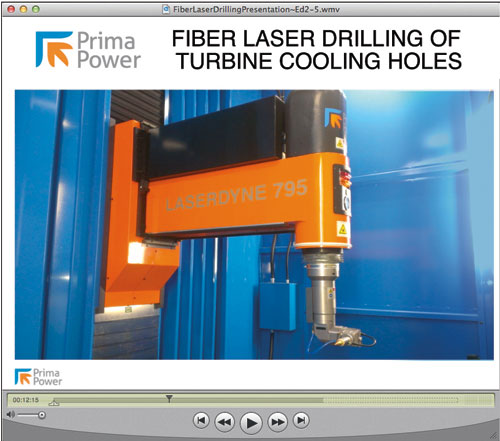
Fiber lasers are now available on the LASERDYNE 795 BeamDirector, LASERDYNE 430, and LASERDYNE 430 BeamDirector systems. The LASERDYNE 795 is a 5-axis laser machining system designed to drill, cut and weld medium to large 3D parts with a unique moving beam motion system. It is the first and only standard built multi-axis laser system to guarantee volumetric accuracy, and is constructed for high-speed operation without compromising mechanical accuracy.
The 45-minute presentation is available in both PowerPoint and video format in English here.
Prima Power Laserdyne
www.primapower.com
Filed Under: Lasers

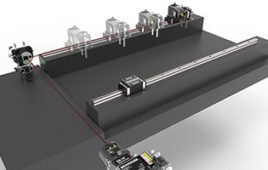
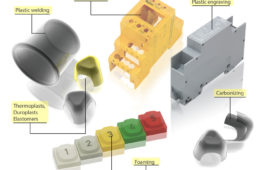
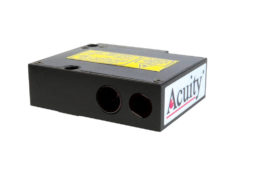
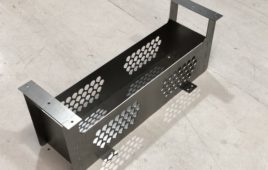
Tell Us What You Think!